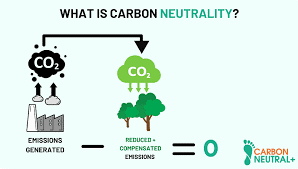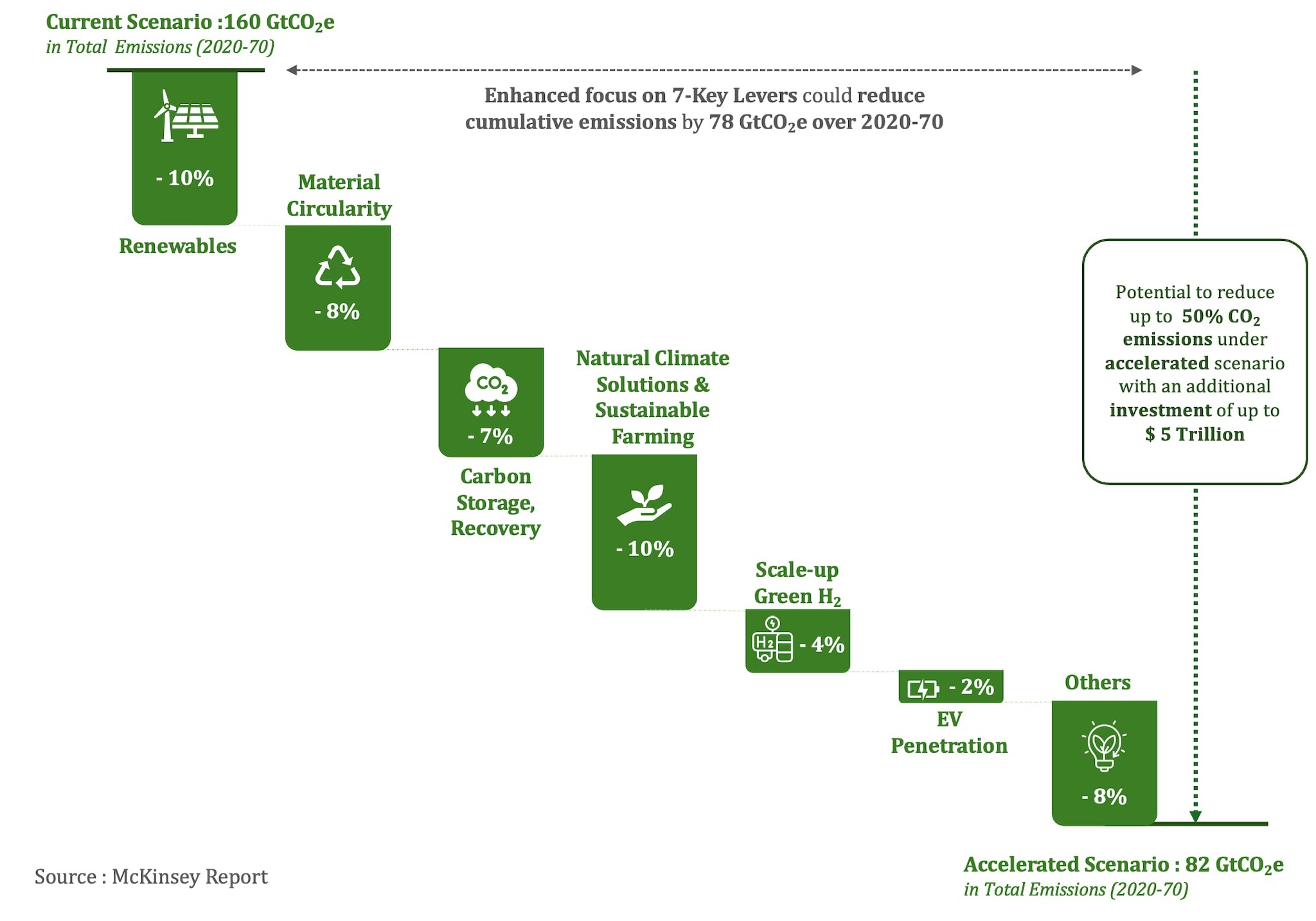As the effects of climate changes becoming more evident, India’s commitment to achieve net-zero carbon emissions by 2070 needs to be sustainable.

Currently, global temperatures have already risen by 1°C since 1880 due to industrial revolution.
India is the 3rd largest GHG emitter after china and US despite.
India stands 4th globally in renewable energy installed capacity, according to the International Renewable Energy Agency.
Passive design strategies are energy-efficient and environmentally friendly ways to use a building's natural surroundings to improve indoor comfort and reduce energy consumption
PM Surya Ghar Muft Bijli Yojana, which promotes rooftop solar installations, are pivotal in decentralizing energy production and reducing dependency on fossil fuels.

What lies ahead?
Reference